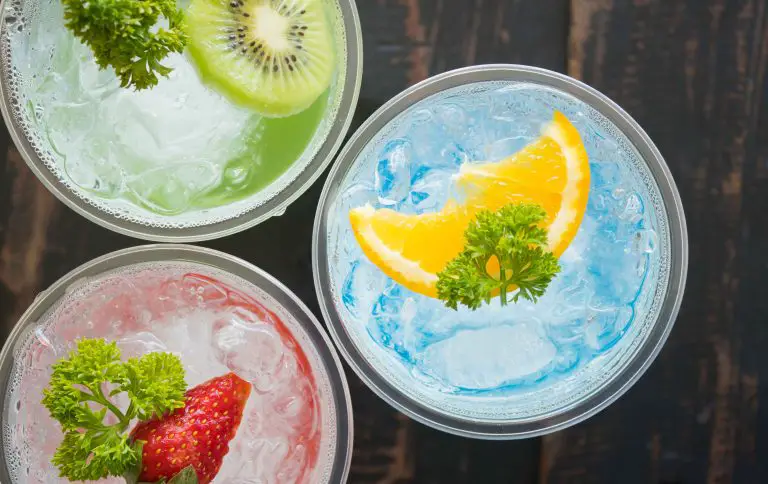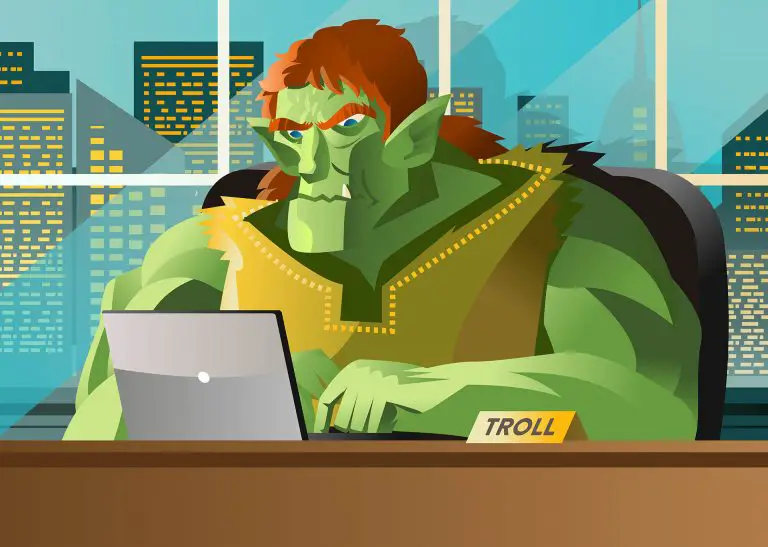What Does a Patent Protect?
The USPTO offers inventors of new machines, processes, or designs the ability to protect them by obtaining a patent. So, what exactly is a patent and what does a patent protect? We will answer these questions in the section below.
What Does a Patent Protect?
A patent is an intellectual property right that is granted by the USPTO (United States Patent and Trademark Office) to an inventor. A patent protects an inventor’s invention by giving him the right to control who uses, makes, and sells the invention that he has patented. No one can use, make, or sell the patented invention without the patent holder’s express permission to do so.
For example, if an inventor invents a new pair of scissors, patenting those scissors will allow him to stop anyone from making a pair of scissors that work the same way as the scissors he has patented.
Also, if a third party makes a similar pair of scissors, the patent holder will be able to bring a lawsuit against that part for patent infringement to stop them from using, making, or selling his invention without his express permission.
Without having a patent on an invention, anyone can use, make, and sell the patented invention without having to obtain an inventor’s permission and without having to compensate him for the use or manufacturing of his invention.
As such, patents are important for inventors because they allow them to protect their inventions and prohibit others from using them without their permission.
That said, as a patent holder, an inventor can choose to allow others to use, make, and sell the patented invention by executing a licensing agreement.
A licensing agreement is an agreement where the patent holder allows a third party to make, sell, or use the patented invention in exchange for an agreed-upon royalty or fee.
Types of Patent Protection
The USPTO offers inventors three types of patents: utility patents, design patents, and plant patents. Utility patents are the most commonly applied for patent, with design patents coming in second, and plant patents coming in third.
What Does a Utility Patent Protect ?
Utility patents protect the functional aspects of an invention. Said differently, they protect how an invention works and how it’s used by the end-user.
What Does a Design Patent Protect ?
Design patents, on the other hand, protect the aesthetic of an invention. To simplify things, a design patent protects the appearance of an invention and cannot be used to protect the functional aspects of an invention.
What Does a Plant Patent Protect ?
Plant patents protect new asexually reproduced plant species. Plant patents make up less than 1% of all applied for patents.
Choosing the Right Type of Patent Protection
Inventors should know the difference between the various types of patents because each patent provides a different form of protection.
Some inventions can be protected with both a utility patent and a design patent, so if you’re an inventor and you’ve created an invention that not only performs a new function but also has a unique appearance, you should ask your attorney about obtaining both a utility patent and a design patent.
How Long Does a Patent Protect an Invention For?
The answer to this question depends on the type of patent that you’re referring to.
Utility patents, which are the most commonly applied for patent, protect an invention for 20 years from the date an applicant files a utility patent application with the USPTO.
Design patents, on the other hand, protect an invention for 15 years from the date the patent office grants a design patent application.
During the patent term, inventors can control who uses, makes, sells, and imports the patented invention to the United States.
Once the patent term ends and the patent expires, the invention falls into the public domain.
Once a patent falls into the public domain, anyone can use, make, and sell the patented invention without having to obtain A patent holder’s express permission to do so.
How to Obtain Patent Protection?
To obtain patent protection, an inventor must prepare a patent application describing his invention and setting for patent claims that define the scope of the invention he’s seeking to protect.
Once an inventor prepares a patent application, he must file the application with the patent office and pay the applicable patenting fees.
Every claim in an inventor’s patent application defines a specific property right. As such, the patent office will look over the patent application to ensure that every patent claim meets the patenting requirements.
For an inventor to obtain a patent, he must establish that his invention:
- Has patentable subject matter
- Is novel (new)
- Is nonobvious
- Serves some useful purpose
Typically, after an inventor files his patent application with the USPTO, he tracks the status of his application and responds to any inquiries, changes, or amendments that the patent office is requesting.
If the patent examiner determines that his invention meets the patenting requirements, the patent examiner will grant him a patent. If not, the application is rejected and if the errors are fixable, the applicant will have an opportunity to fix them and continue the patenting process.
What Happens After a Patent Expires?
After a patent expires, anyone can use, make, and sell the once patented invention without having to obtain the express permission of the patent holder to do so.
Once a patent expires, it cannot be renewed, the invention falls into the public domain and becomes prior art, prohibiting anyone else from re-patenting the same invention.
Since inventors cannot re-patent a once patented invention, some inventors patent improvements to existing inventions.
For example, if a chair was patented and inventor came up with a rocking chair, he may be able to patent the rocking chair since it uses an existing chair and adds the ability for it to rock. This can be something that can be patented because it improves upon or builds upon an existing invention.
Utility patents last for 20 years and then the patent term expires, placing the invention in the public domain for anyone to use. Design patents last for 15 years, after which the patent expires, also placing the invention into the public domain for anyone to use.
Why Do Countries Offer Patent Protection?
Countries offer patent protection to encourage inventors to invest their time and money in developing new inventions and products.
By promising inventors a limited-time monopoly over their invention, the theory is that inventors will be encouraged to invent and make new things since they will have a limited period of time (15 to 20 years) to recoup the money they invested in making the invention.
In exchange for granting an inventor a monopoly over his invention for a limited time, most patent systems mandate that an inventor publicly disclose the invention.
Public disclosure of the invention involves disclosing everything there is to know about to make the invention, as well as how to use it to the public.
For example, in the United States, an inventor first prepares a patent application that explains how to make the invention, as well as how to make it. Once the patent office grants the patent, the application is published, teaching the public everything there is to know about the invention.
However, the public cannot use, make, or sell the invention while the patent is in effect. If a member of the public wants to use, make, or sell the patented invention or product, he must obtain the express permission of the inventor to do so.
So, basically, in exchange for teaching the public about how to make the invention, inventors obtain a monopoly over their invention for a limited period of time.
Patent Rebel Frequently Asked Questions (FAQs)
1) What kind of protection does a patent offer?
A patent offers the patent holder the right to stop others from using, making, selling, and importing the patented invention for a limited period of time. The period of time is 20 years for utility patents and 15 years for design patents.
2) What does patent protection mean?
Patent protection means that inventors have the right to control who uses, makes, or sells their invention while the patent is active. The right to control a patented invention lasts for a limited period of time.
3) How long is a patent good for?
Utility patents are good for 20 years from the filing date of a nonprovisional patent application. Design patents are good for 15 years from the date the patent office grants a design patent application. Plant patents last for 20 years from the date of filing a patent application.
4) How much do patents cost?
The cost of patenting an invention varies greatly depending on the complexity of the invention and the geographical location of your attorney. For example, a simple invention could cost $7000 to patent whereas more complex inventions can easily cost $15,000 to patent.
5) Can you sell a patent?
Yes, an inventor owns the rights to his patent, as such, he has the right to sell or license the use of his patent to whomever he wants.
What Kind of Protection does a Patent Offer?
At this point, you should know that a patent grants an inventor the limited time right to control who uses, makes, sells, or imports the patented invention without first obtaining his express permission. Patents are an intellectual property rights that are granted to inventors who make new and unique inventions and then patent their invention. If you have any general questions or comments, please feel free to leave them in the comments section below.







